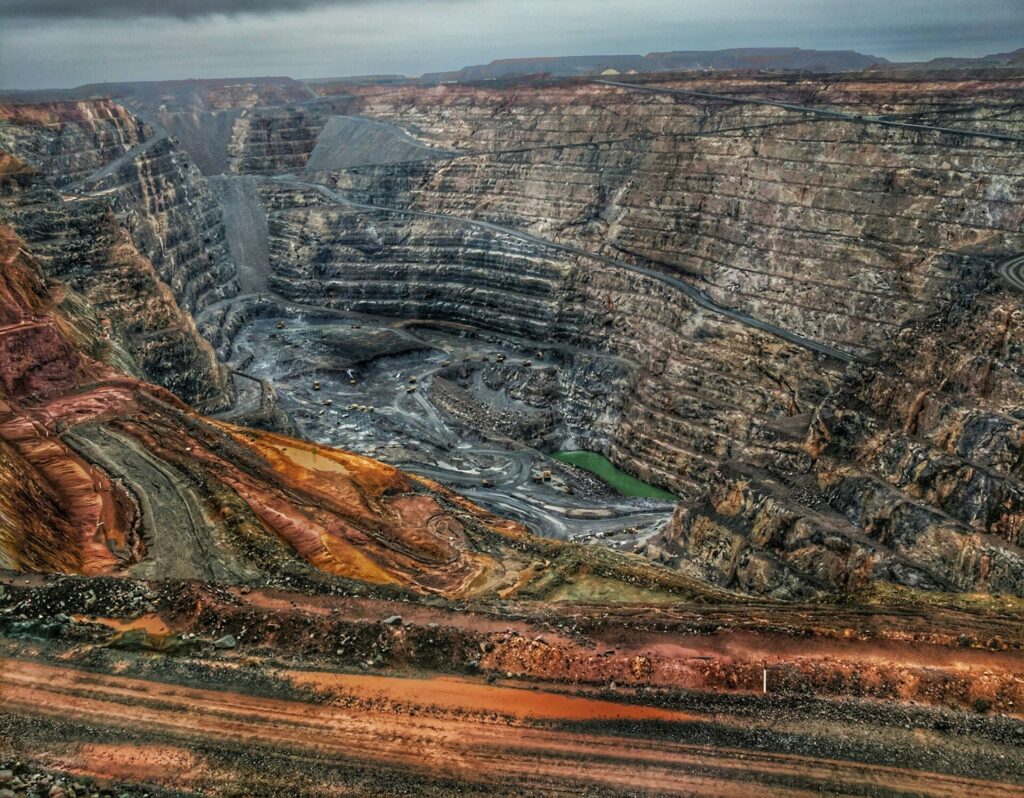The Economic Impact of Australia's Mineral Resources

Australia’s mineral resources have long been a bedrock of its economic strength, offering substantial contributions to GDP, employment, exports, and governmental revenues. The mining sector’s role is pivotal, not just within the national economy but also in positioning Australia as a critical player in the global market for essential minerals and metals.
A Cornerstone of Economic Growth
Mining remains one of the largest sectors by share of national GDP in Australia, with the Australian Bureau of Statistics reporting that the industry was responsible for 10.4% of GDP between 2019 and 2020.
The significance of the mining sector is further underscored by its contribution to company taxes and royalties. In 2022, the sector contributed an estimated $64 billion, a substantial increase from the previous year, highlighting its role in funding national services equivalent to the entire Medicare scheme or the Childcare subsidy for two years.
Employment and Innovation
The mining industry not only creates direct employment opportunities but also fosters innovation and skills development. The sector supports tens of thousands of jobs across Australia, particularly in remote areas where such opportunities are vital for community sustainability. Investment in workforce development and technology underscores the industry’s commitment to future growth and environmental stewardship.
Export Revenue and Global Influence
Australia’s mineral exports are a powerhouse of the economy, with the sector contributing a record $455 billion in export revenue in the 2022-23 financial year. This figure represents two-thirds (66%) of all export revenue for the nation, marking a 10.5% increase from the previous year and underscoring the sector’s growing importance in the global market.
Key exports include coal, iron ore, gold, and a range of technology metals such as nickel and copper, vital for various industries worldwide. Notably, the exports of technology metals like nickel saw a 51% growth, highlighting Australia’s role in supplying critical materials for technological advancements and the energy transition.
Future Challenges and Opportunities
As the world moves towards renewable energy and decarbonization, Australia’s mining sector faces both challenges and opportunities. The global demand for critical minerals, such as lithium, nickel, and cobalt, essential for batteries and renewable energy technologies, is on the rise. Australia’s ability to leverage its rich mineral resources for these emerging sectors will be crucial in maintaining its economic prosperity and leadership in the mining industry.
However, this transition also requires navigating environmental, social, and governance issues, ensuring sustainable practices that minimize environmental impact and foster community development. The mining sector’s investment in sustainability, community partnerships, and innovation in cleaner processes will be key to its long-term success and contribution to the global effort towards a decarbonized future.
Australia’s mineral resources continue to be a significant driver of economic growth, employment, and innovation. The sector’s contribution to export revenue and its role in the global supply chain of critical minerals position it as a cornerstone of not only the national economy but also the global market. Balancing economic benefits with environmental and social responsibilities will be essential in navigating the challenges and opportunities ahead, ensuring the mining sector remains a sustainable and valuable asset to Australia and the world at large.